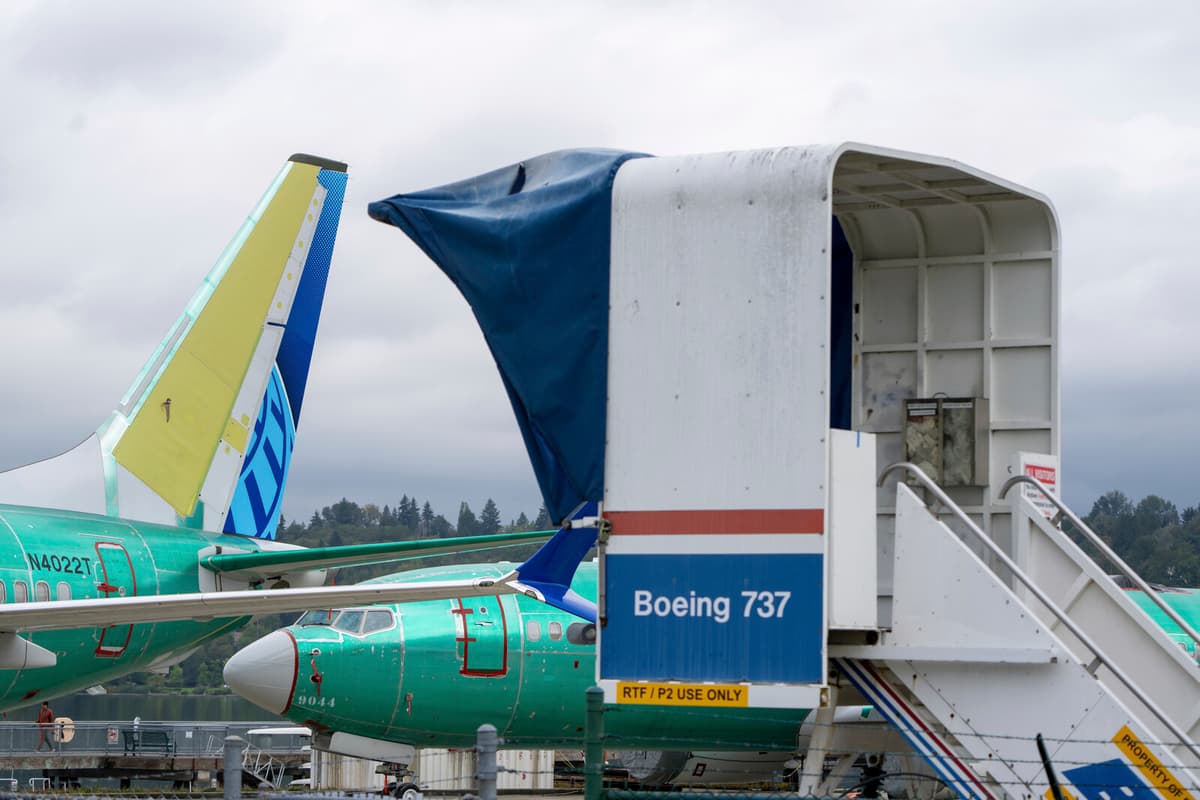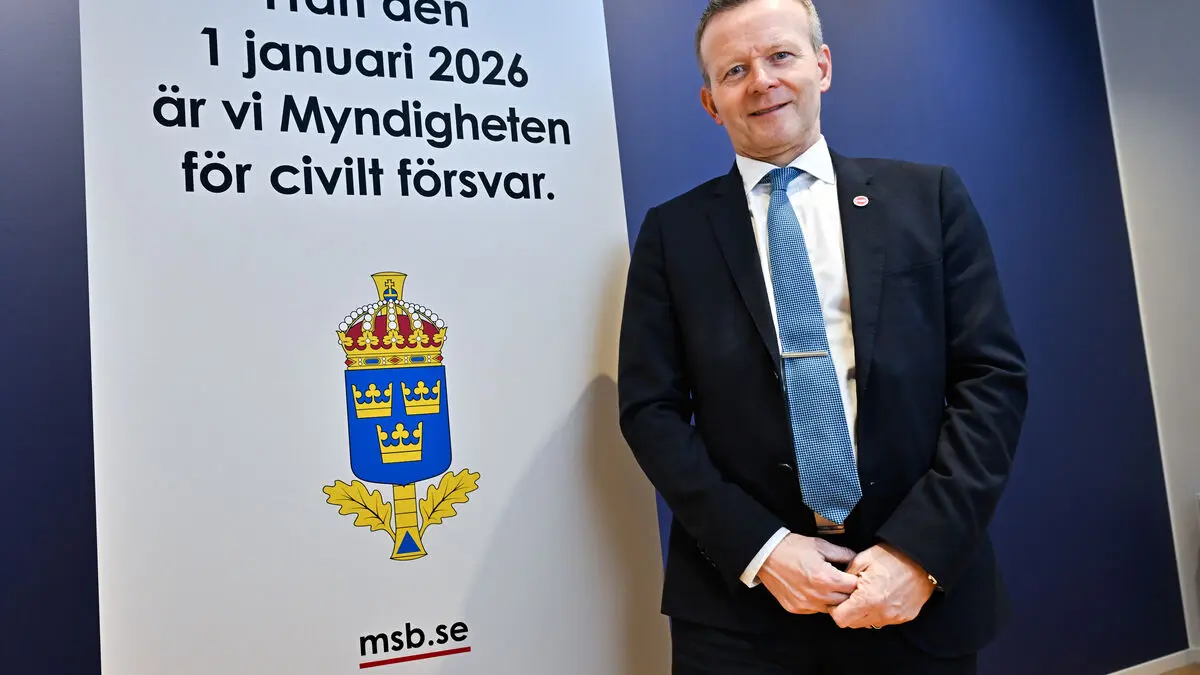Supply chains that have been pressured by, among other things, the pandemic have resulted in, for example, a Boeing 787 Dreamliner increasing in price from $292 million to $386 million in just two years, i.e., approximately one-third. This is calculated by the news agency AFP based on deals made by, among others, the Japanese airline ANA.
More generally, the increase is approximately 30 percent since 2018, according to an expert who wishes to remain anonymous.
"Tariffs are catastrophic"
And the question is whether giants Boeing and Airbus have so far let all price increases pass through. Raw materials and equipment are estimated to have become 40 percent more expensive since 2021. Boeing has, after a strike, been forced to agree to wage increases of 38 percent over four years. And now come US President Donald Trump's tariffs of 25 percent on steel and aluminum.
It's a bit ironic – raw materials were not the problem, but Donald Trump is determined to make them a problem, says Richard Aboulafia at the consulting firm Aerodynamic Advisory to AFP.
Tariffs are catastrophic, says John Persinos.
Restricted travel desire
The new surcharges make things difficult for dominant manufacturers such as American Boeing and European Airbus. Until now, customers have to some extent been able to absorb higher prices, since new models like the Boeing 737 MAX and Airbus A321 neo consume less fuel than older variants.
But somewhere, there is a limit. And on top of that, people's travel desire is being hampered by other factors, such as climate and environmental issues on certain markets, and a decreasing willingness to visit countries like Trump's USA and Putin's Russia on others.
Chinese electric aircraft
In recent days, it has been reported that China is now rejecting new Boeing planes, and even that individual planes on their way to be delivered are being turned back when they were already out over the Pacific Ocean.
China has also explicitly stated its goal of competing with the more established Western manufacturers. An example of this is that battery giant CATL test-flew an electric plane last year, and has the goal of starting to sell a small electric-powered commercial aircraft within a few years. It will weigh eight tons and have a range of 200–300 miles, reports industry media.





